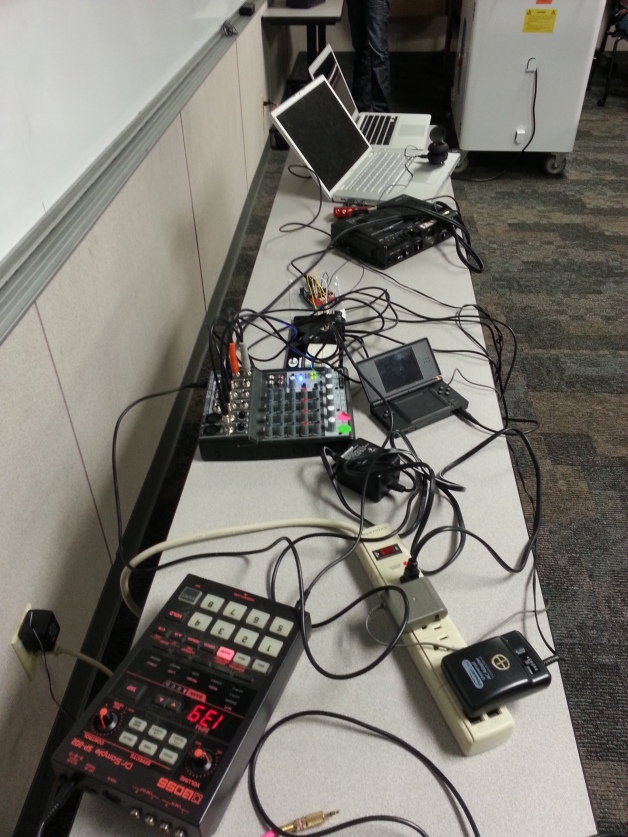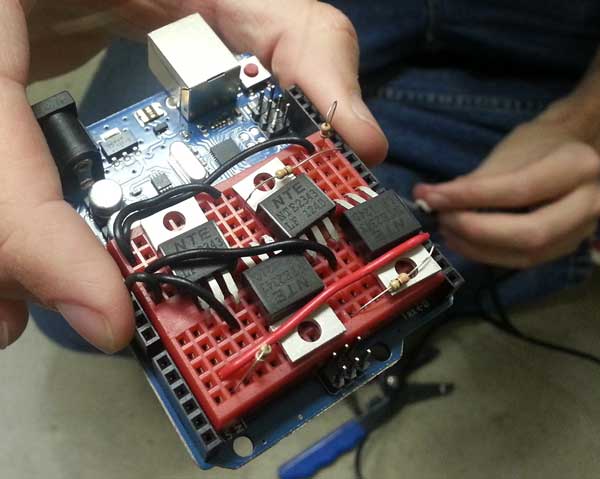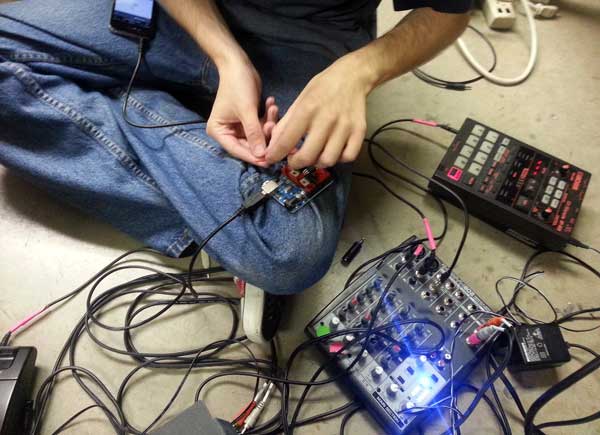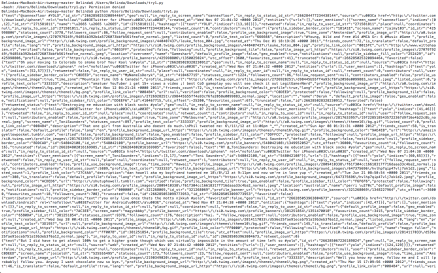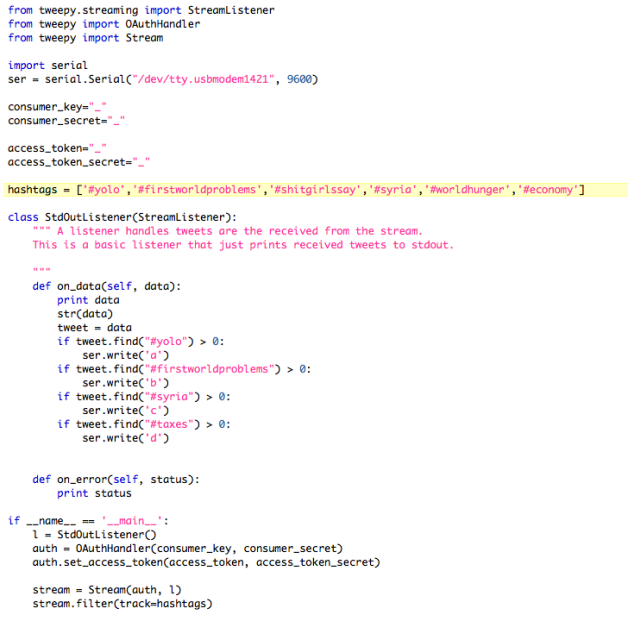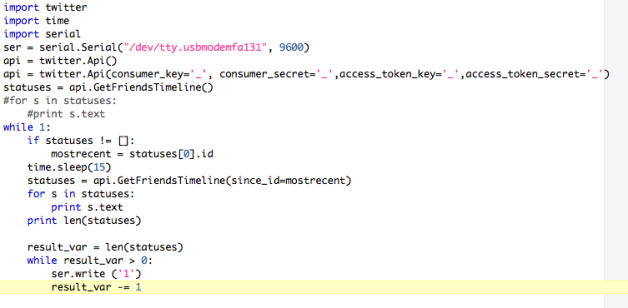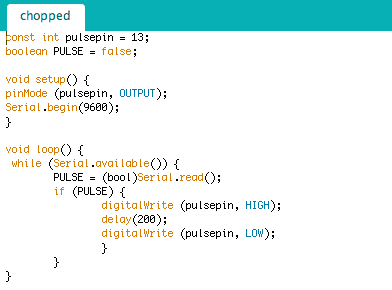One of our original project goals was to “vocalize an ephemeral concept and thus shed light on the suspected shallowness in our social culture”. We hoped to display this through the comparison of sets of hashtags–one associated with pop culture, and light-hearted expression (#yolo, #firstworldproblems), and one associated with heavier, more political topics (#syria, #worldhunger). At a base level, we assumed that if we vocalized each hashtag with a recognizable tone, the abundance of the “silly” hashtags would be more obvious. We thought simply the abundance of conversation around these hashtags could prove an inherit shallowness within the twitter medium.
This ultimately didn’t allow for any solid conclusions for many reasons: #yolo and #firstworldproblems have solidified themselves as common themes on twitter and are used more as hashtags rather than #syria and #worldhunger. Ideally, we would have made a much larger data set–allowing for these inconsistencies among topics.
Also, we suspected any tweet which references something like #firstworldproblems is likely bordering on narcassistic and void of any real content–but expression is unpredictable, and #yolo or #firstworldproblems could be used to highlight a cultural irony or dissonance in unexpected ways. So even if these seemingly irrelevant hashtags are used more, proving a shallowness in culture just based on tempo is problematic.

Even tweets that utilize seemingly serious hashtags can stray into the shallow end of spectrum of expression.

The same phenomena can easily be reversed– using #yolo in a politically charged tweet.
While the content aspect of our experiment proved weak, the issue of tempo rose to the forefront of discussion. Twitter’s 140 character limit and stream style display both encourage a higher frequency of sharing. In order to stay salient to followers, users need to tweet consistently to stay near the top of a stream. Every tweet gets the same base impressions–no matter the content. A tweet about breakfast goes out to the same followers as a tweet sharing more meaty content. However, on many other sharing websites, impressions are directly related to engagement–better content gets engaged with more, and audience impressions increase. Salience relies on relevant, quality content (in theory, of course).
The magnitude of this increased tempo is difficult to see on twitter’s automatically updating stream. The page never ends and design differences make it difficult to visualize this comparison with other, slower moving platforms. However, our sound experiment allows for a transfer of data into noise–a medium that allows us to distinguish tempo very easily.
The structure and user interface of a platform set the foundation for user interaction. Twitter’s case is made slightly more complicated due to it’s open API. With user generated content abstracting Twitter’s basic functions, new forms of expression are emerging within the twitter community. Hashtags, @replies are all results of user demands. While more complexities are allowed, the goal of the interface is still simplicity–most noticeable in its simple timeline stream.
As Stephensen points out in his analysis of GUI systems vs command line systems, the display of information is vital to user interaction.
The desire to have one’s interactions with complex technologies simplified through the interface, and to surround yourself with virtual tchotchkes and lawn ornaments, is natural and pervasive–presumably a reaction against the complexity and formidable abstraction of the computer world.- Stephensen
At a graphical level, Twitter’s interface doesn’t seem to vary too heavily from that of Tumblr, or even Facebook. But when you translate the data from graphical to aural, a new idea of tempo emerges. Twitter’s use of hashtags allow us to track “group think” and popular themes among its users. The tempo of interaction among different topics is difficult to distinguish graphically. Loading times are abstracted and grouped together, making it difficult to feel tempo in real time. However, when we translate this data into sound–the tempo becomes increasingly clear. Different expressions of the same data can allow for entirely different interpretations. While you lose any idea of content within each tweet, simply being aware of the tempo of discussion can be telling to the topic at hand.

